hardboiledfrog
tinkerer
I was intrigued by the banger style nails in particular the Liger but that one isn't in my budget currently so I got this nail from http://www.dhgate.com/product/smoking-dogo-2015-may-new-arrival-universal/238802269.html for $12.85. It fits nicely on my small Silika bubbler with a 14mm to 10mm dropdown. At first I was doing low temp dabs by just using my induction heater modules to heat the nail to a barely visible red and timing the cool down which was a bit tedious and inconsistent. Plus I was heating the nail much more than what was necessary.
So I had an arduino nano and a max31855 thermocouple amplifier module on hand and decided to use them for a temperature controller to drive the induction heater module. I reversed the mounting of the tank components to the top of the pcb so the module can stand upright using the heatsink as a base. Then I made a new work coil that flips the coil 90 degrees so that the bucket of the e-nail rests inside. This also provides support to the nail and stabilizes the rig which was fairly easy to tip with the dropdown and nail hanging from it. The arduino sketch is pretty basic using some "if" statements. I didn't get to doing any input routines yet so all parameters are hard coded for now.

It regulates pretty well for a simple non-PID control usually holding within +/- 5 degrees F.

It's programmed to run a 100 second heating cycle when the pushbutton is pressed which gives me enough time for 2 draws off of a dab. I have the setpoint at 420 degrees F and I'm enjoying some very flavorful dabs considering I'm dabbing off of Ti. I plan on getting a Liger with the SIC insert ASAP but for experimentation this cheap Chinese banger is great.
It's a bit of a kluge right now but I plan on mounting the components in an aluminum box with the heater and bubbler attached to the top.
Some more pics here: https://imgur.com/a/UtVF6
The arduino sketch is here: https://github.com/hardboiledfrog/e-nail
And a youtube vid here:
So I had an arduino nano and a max31855 thermocouple amplifier module on hand and decided to use them for a temperature controller to drive the induction heater module. I reversed the mounting of the tank components to the top of the pcb so the module can stand upright using the heatsink as a base. Then I made a new work coil that flips the coil 90 degrees so that the bucket of the e-nail rests inside. This also provides support to the nail and stabilizes the rig which was fairly easy to tip with the dropdown and nail hanging from it. The arduino sketch is pretty basic using some "if" statements. I didn't get to doing any input routines yet so all parameters are hard coded for now.

It regulates pretty well for a simple non-PID control usually holding within +/- 5 degrees F.

It's programmed to run a 100 second heating cycle when the pushbutton is pressed which gives me enough time for 2 draws off of a dab. I have the setpoint at 420 degrees F and I'm enjoying some very flavorful dabs considering I'm dabbing off of Ti. I plan on getting a Liger with the SIC insert ASAP but for experimentation this cheap Chinese banger is great.
It's a bit of a kluge right now but I plan on mounting the components in an aluminum box with the heater and bubbler attached to the top.
Some more pics here: https://imgur.com/a/UtVF6
The arduino sketch is here: https://github.com/hardboiledfrog/e-nail
And a youtube vid here:



 assholes occupying our state capital legalized medical use effective 9/1/2016 because the voters would have passed a referendum this November but they had absolutely no plans to provide access. This was nothing more than a money-grab for their rich prick cronies to corner the cannabis market as the bastards also kept growing illegal to all but a limited amount of their friends plus there will also be very steep licensing fees to discourage any mom & pop businesses.
assholes occupying our state capital legalized medical use effective 9/1/2016 because the voters would have passed a referendum this November but they had absolutely no plans to provide access. This was nothing more than a money-grab for their rich prick cronies to corner the cannabis market as the bastards also kept growing illegal to all but a limited amount of their friends plus there will also be very steep licensing fees to discourage any mom & pop businesses. 

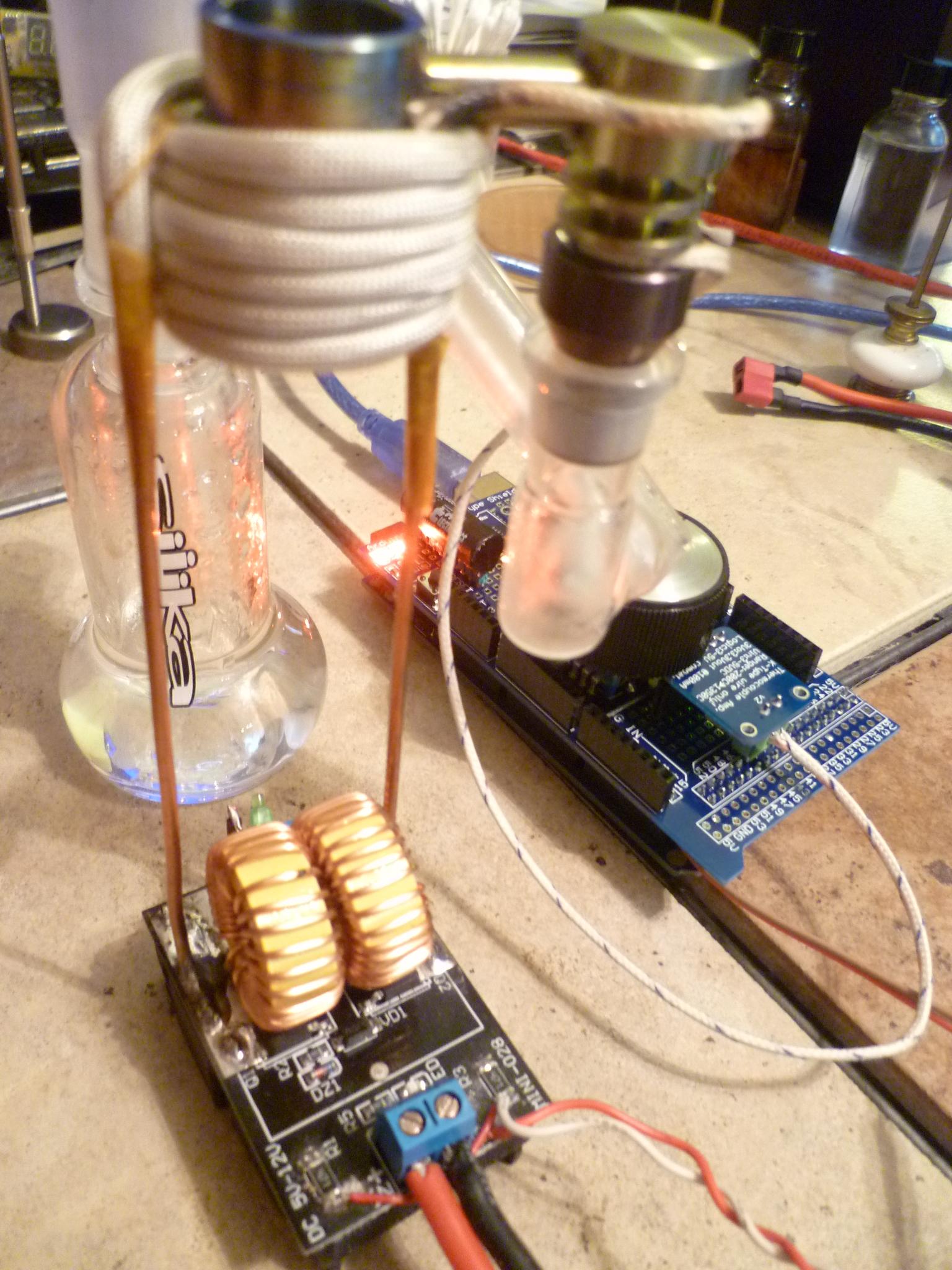
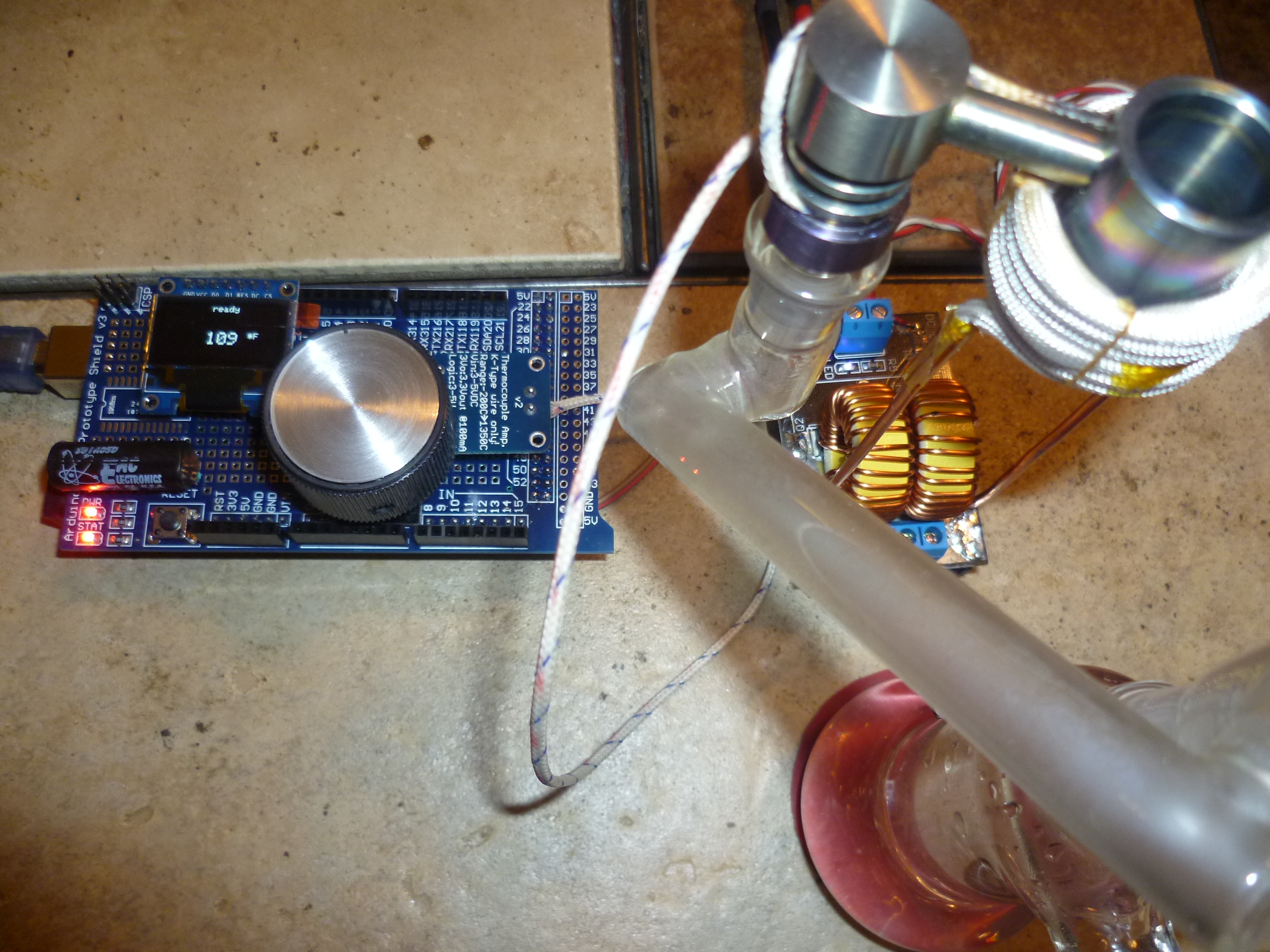

 .
.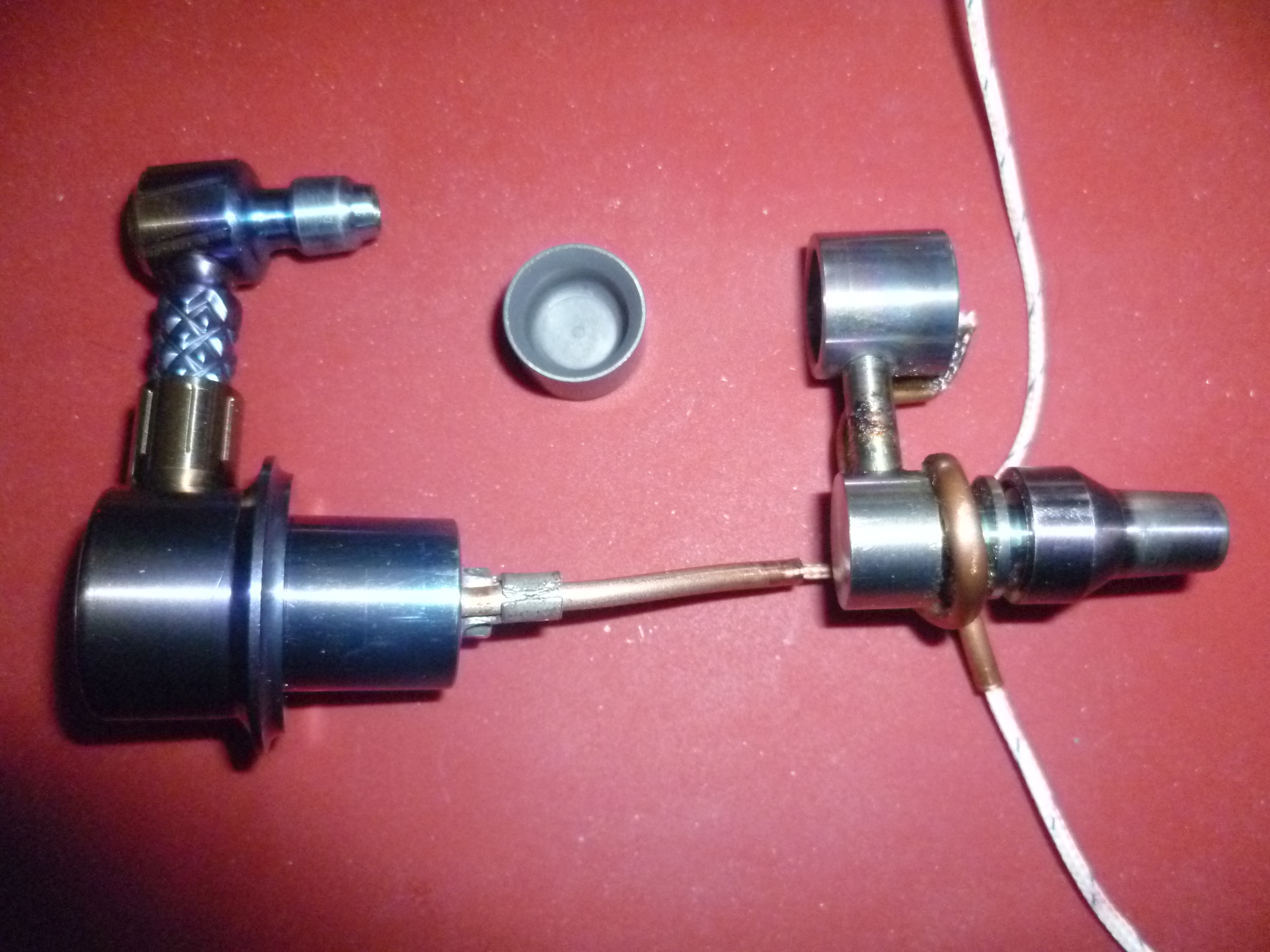
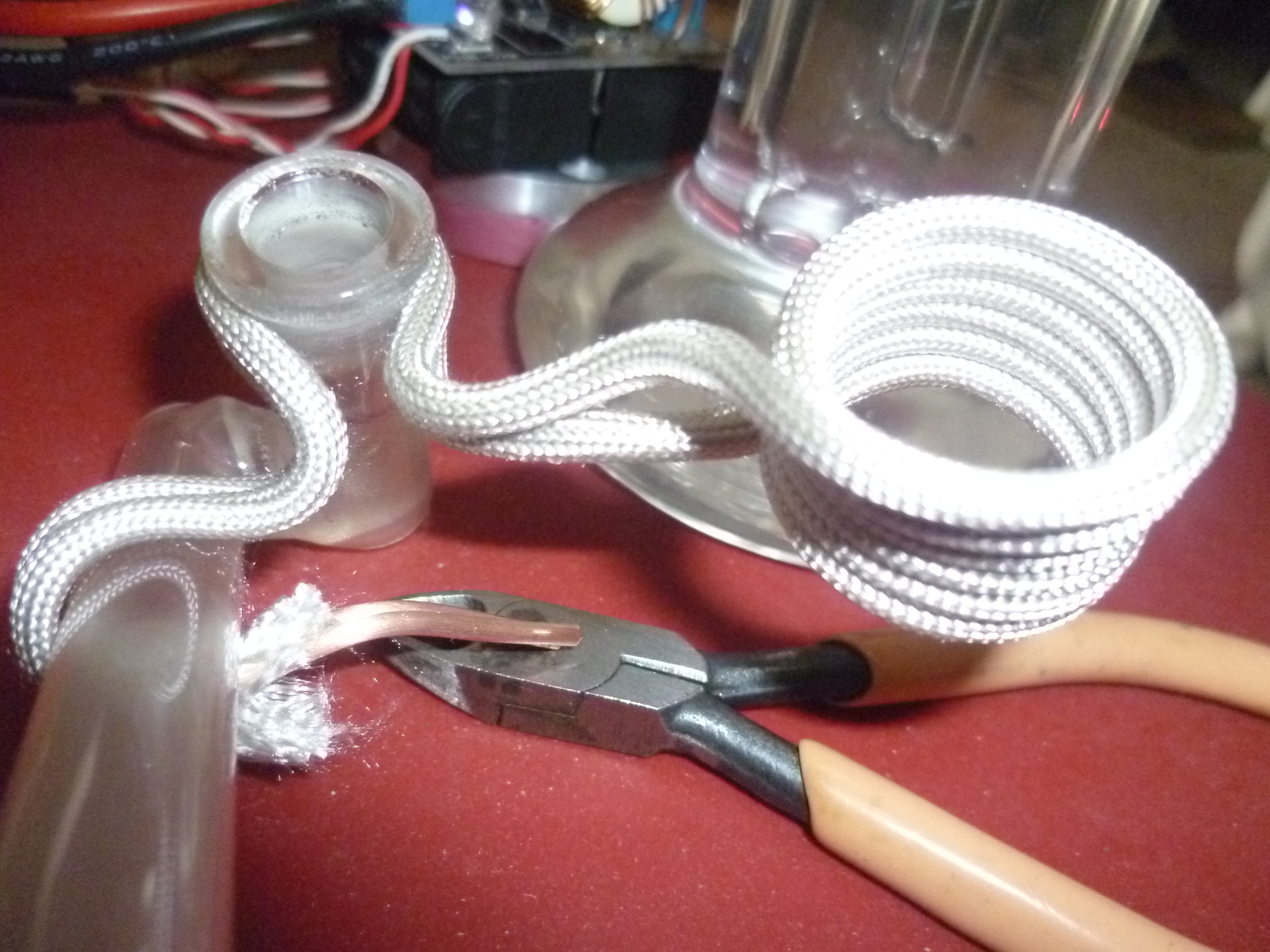
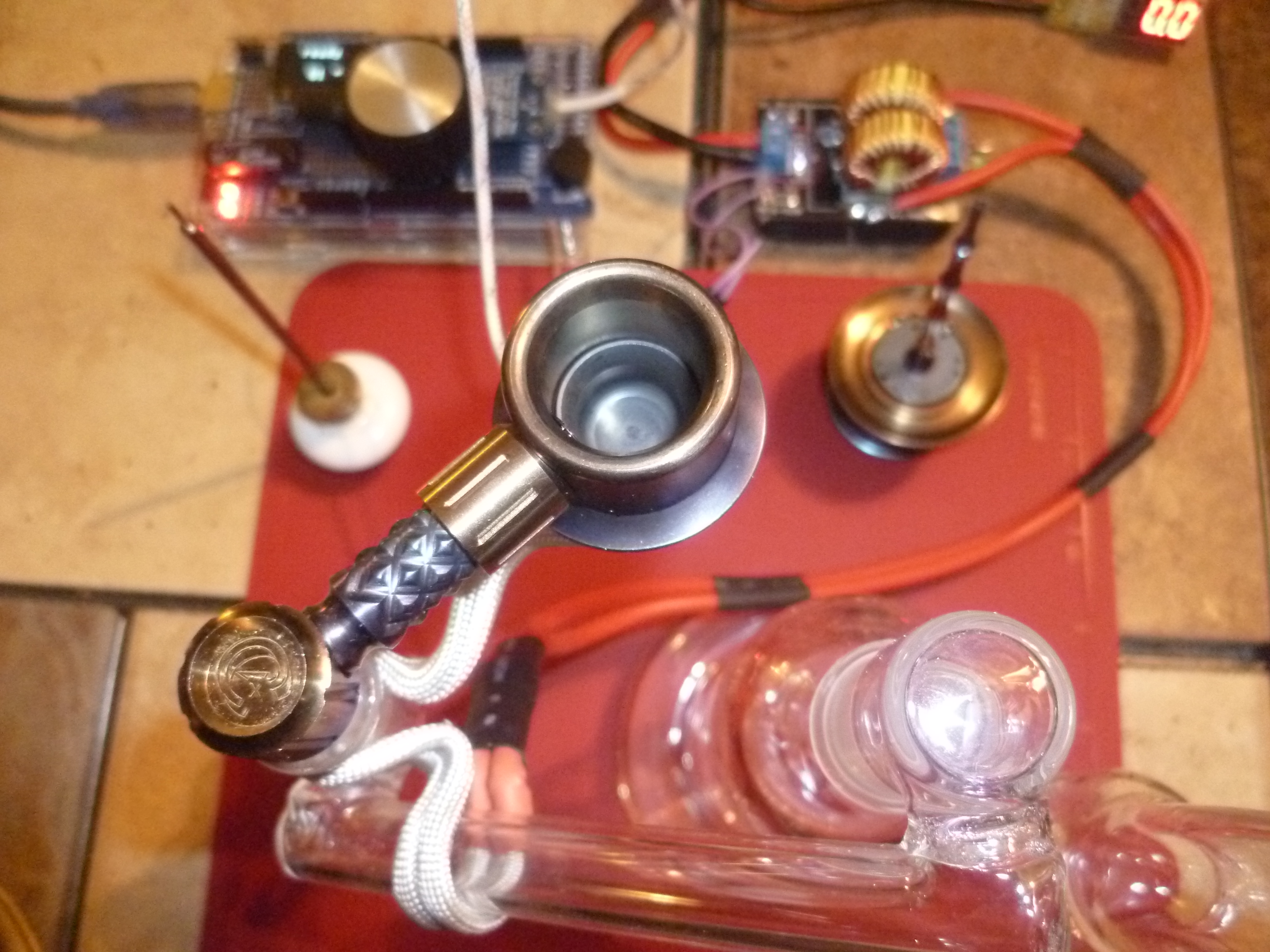
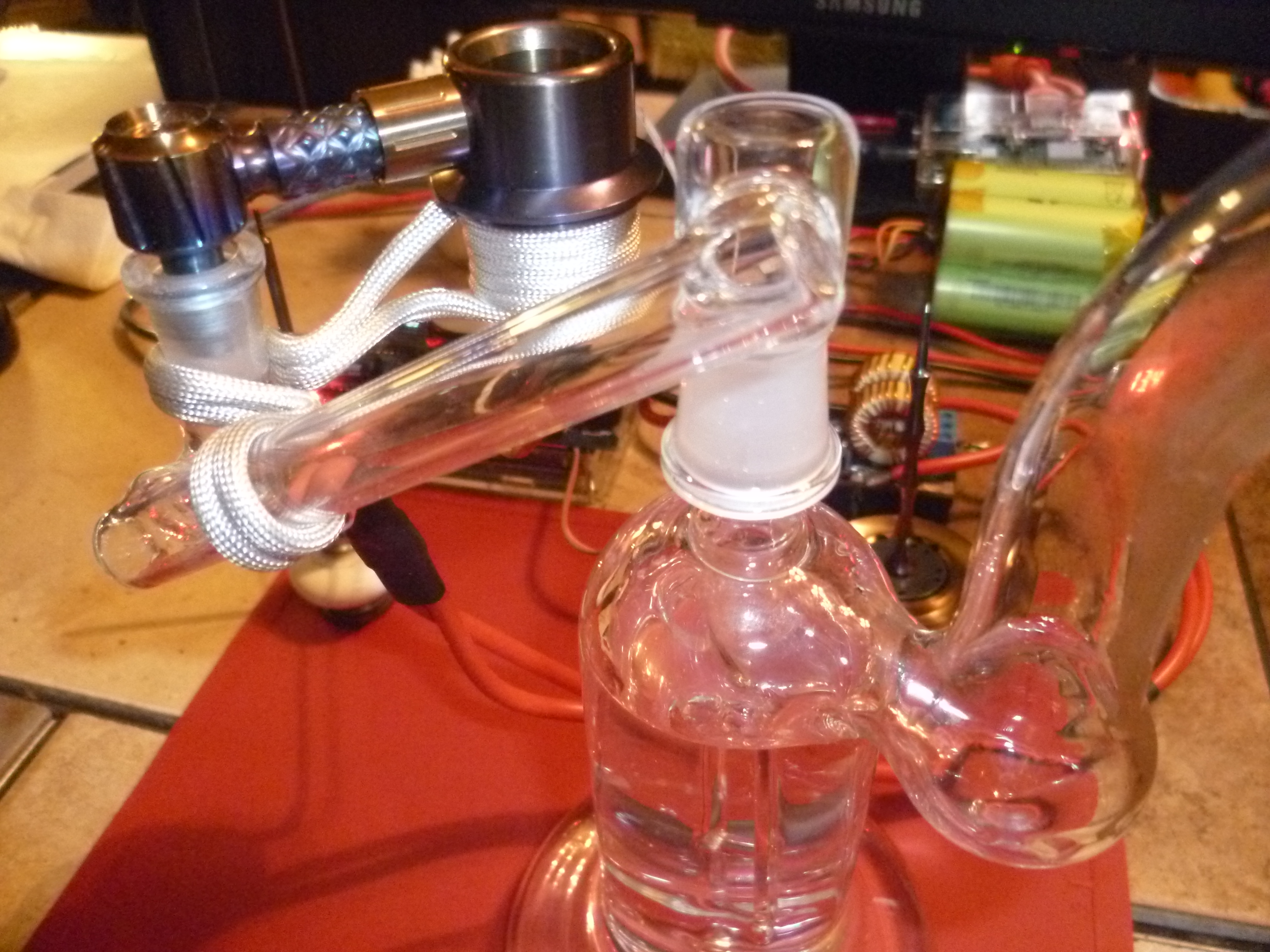





 It is more than capable of driving your ZVS module (in the CORRECT configuration), but it is designed to drive motors, and is capable of 'flipping' the output around to make a motor go backwards - something you need to AVOID while using this module for driving a ZVS.
It is more than capable of driving your ZVS module (in the CORRECT configuration), but it is designed to drive motors, and is capable of 'flipping' the output around to make a motor go backwards - something you need to AVOID while using this module for driving a ZVS. ... might be pretty cool if you can!
... might be pretty cool if you can!